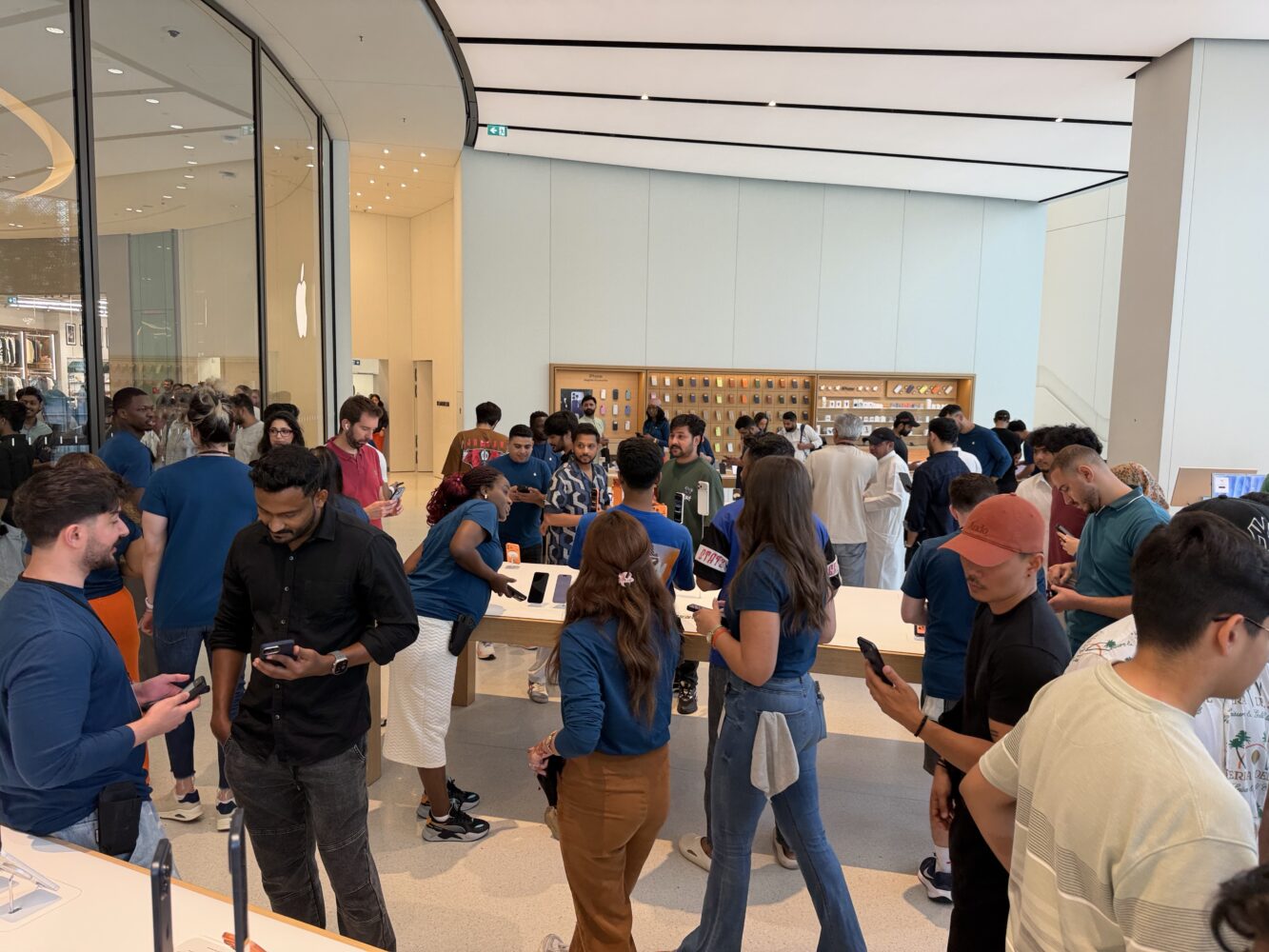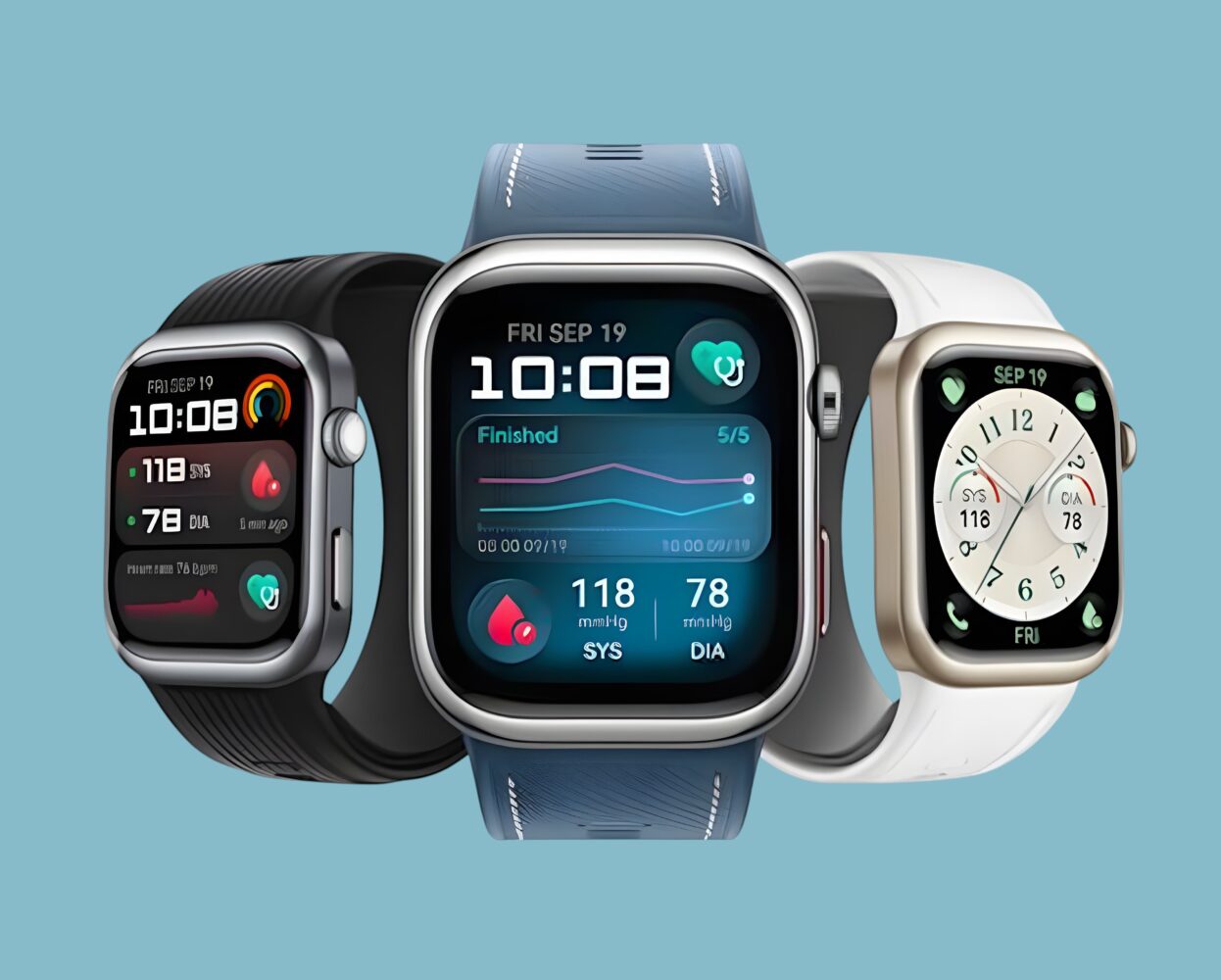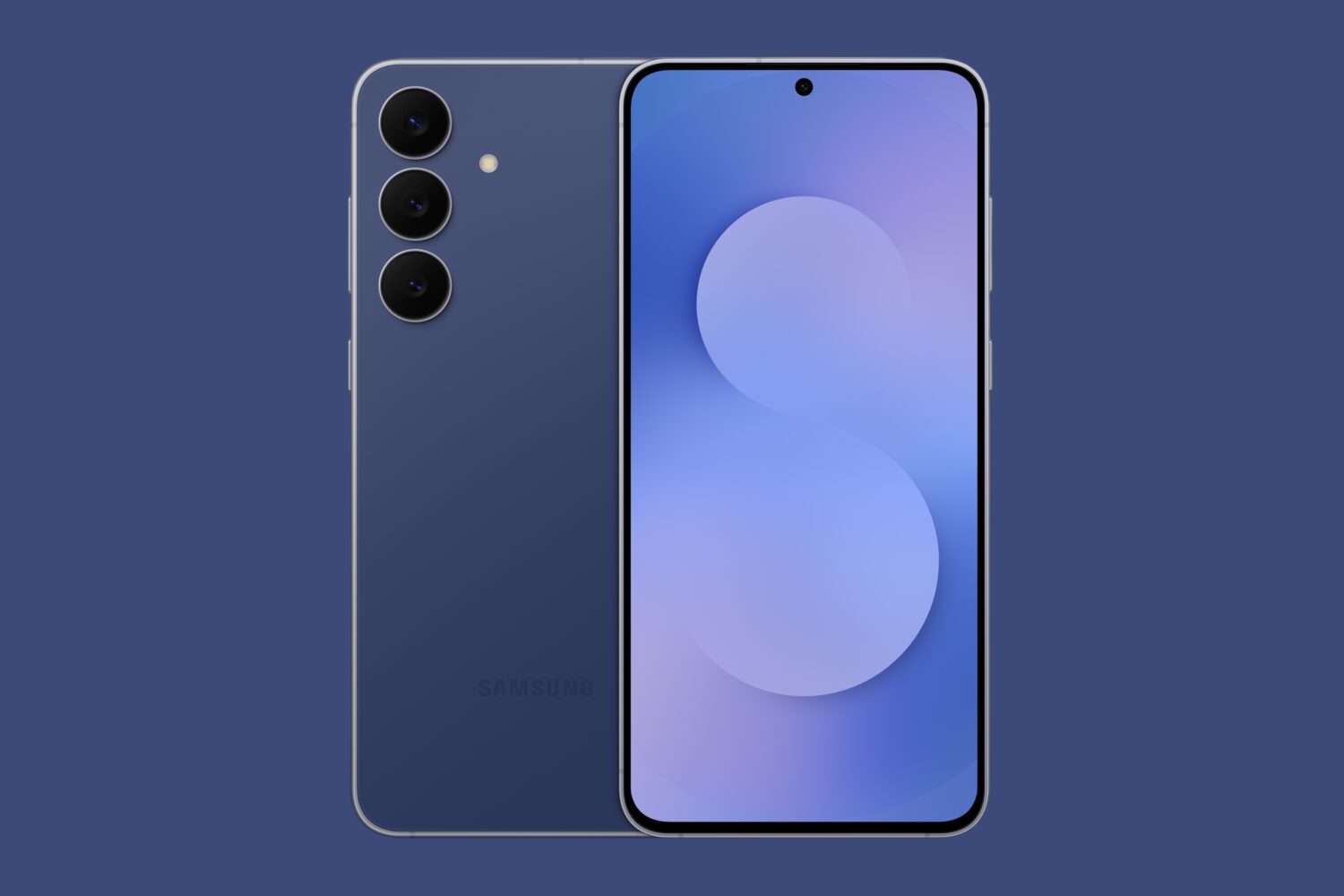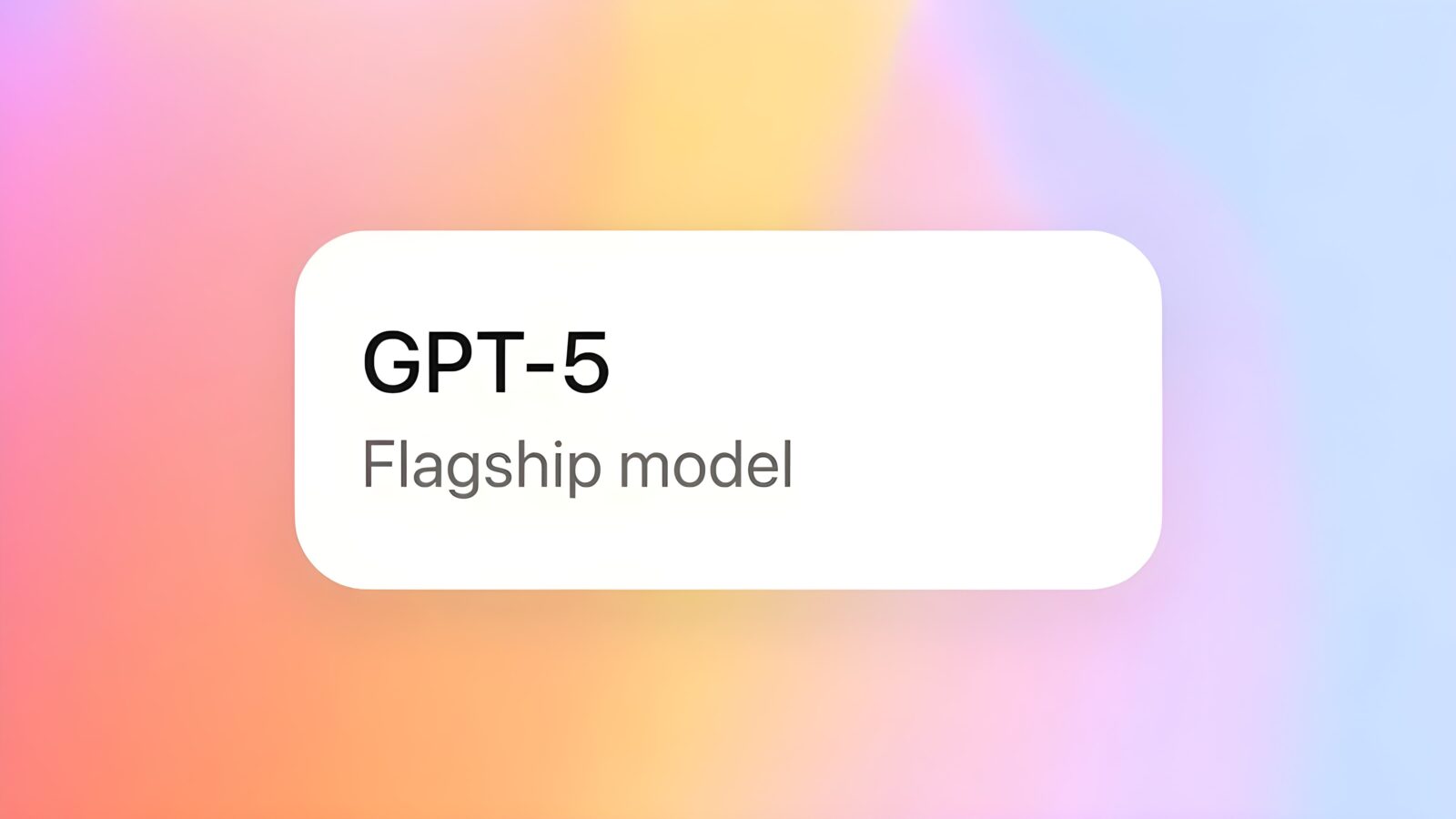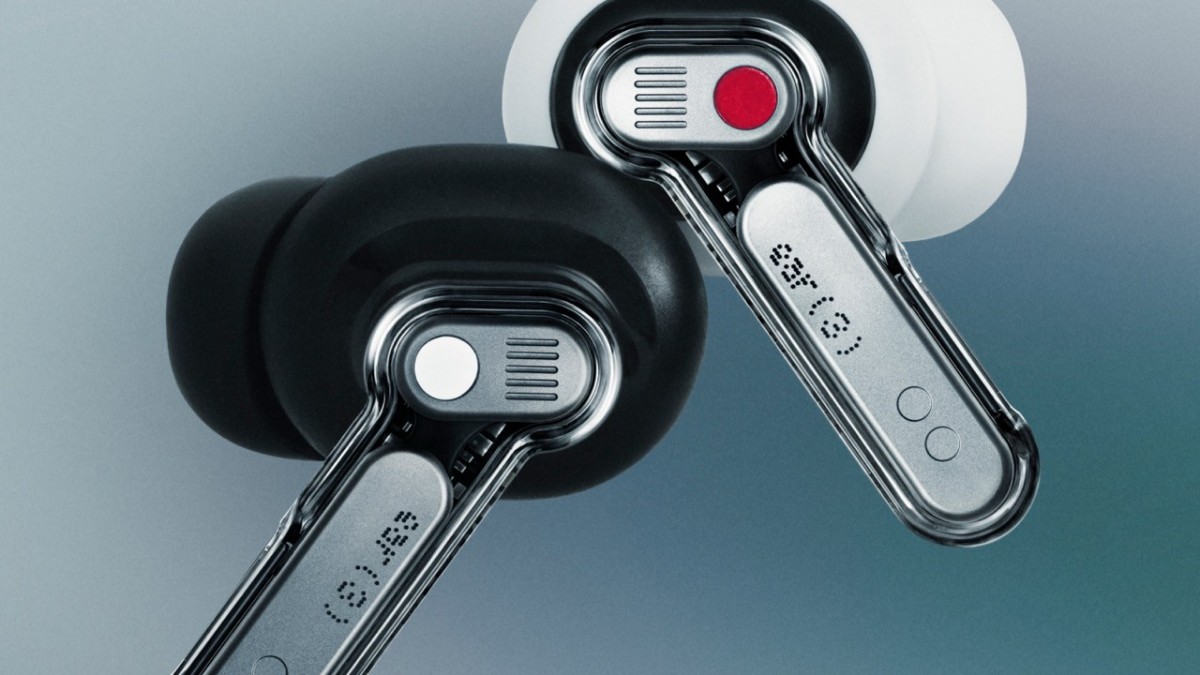At this year’s Meta Connect, EssilorLuxottica and Meta expanded their ongoing collaboration with the unveiling of three new smart glasses models, each targeting a different segment of wearables. The companies, which previously launched the Ray-Ban Meta line and the Oakley Meta HSTN, are positioning this new wave of products as both functional tools and fashion accessories.
The Oakley Meta Vanguard is the most sport-focused of the lineup, designed with endurance athletes in mind. The wraparound frames use Oakley’s PRIZM lens technology and integrate a 12MP ultra-wide camera, open-ear speakers, and wind noise reduction. With IP67 dust and water resistance, the glasses are built to withstand harsh outdoor conditions. Compatibility with helmets, swappable lenses, and integration with Garmin and Strava underscore the fitness-first approach. Battery life is rated for nine hours, with an additional 36 hours available via the charging case. The glasses are priced at $499 and are available for preorder.
For everyday use, the second generation of Ray-Ban Meta glasses adds modest but practical improvements. These include extended battery life of up to eight hours, 3K ultra-HD video capture, and support for prescription and Transitions lenses. Meta also introduced “Conversation Focus,” an AI-driven feature that amplifies the voice of the person directly in front of the wearer, intended to make conversations easier in noisy environments. The Ray-Ban Meta (Gen 2) is available now starting at $379.
The most notable reveal, however, was the Meta Ray-Ban Display — the first pair in the lineup to integrate a full-color visual display. Positioned in the right lens, it allows wearers to discreetly view messages, photo previews, navigation instructions, and video calls. The glasses come bundled with the Meta Neural Band, a wrist-worn controller that translates subtle hand and finger movements into commands. Available initially in the U.S. on September 30 for $799, with international availability slated for 2026, the Display model is pitched as a step toward more immersive, hands-free computing.
While the launch highlights different use cases — athletic performance, everyday wear, and information display — the products share a focus on blending design with utility. The partnership between Meta and EssilorLuxottica has already produced some of the most recognizable smart frames in the market, and this new lineup suggests both companies see glasses as the most viable entry point for wearable AI.
Whether consumers will embrace these devices beyond niche contexts remains uncertain. Smart glasses have historically struggled with adoption, often limited by battery life, comfort, or perceived usefulness. Meta and EssilorLuxottica’s bet is that combining familiar eyewear brands with incremental improvements and deeper AI integration could shift that equation.


